2005 Mercedes Benz E-Class

| The Good: – Elegant exterior – Classy interior – Immense driving pleasure |
The Bad: – All models are pricey – Brake pedal feel – Some computer issues |
The Mercedes-Benz E-Class is one of the most popular cars to come out of Germany. With smooth and elegant looks, option of sedan or station wagon, and an unreasonably wide range of engine choices, the current E-Class soldiers on for the 2006 model year with small changes and two new engines. It is sized just right, bigger than the tight C-Class and smaller than the oversized S-Class. We figured it’s high time we found out in detail what makes it so popular. For our road test, we asked Mercedes-Benz Middle East for a test car ages ago but hadn’t heard from them so we borrowed a fairly new 2006 E500 from an acquaintance who had replaced his same-body-style 2003 E240 with the more sporting car just a few weeks ago.
The current E-Class was last redesigned in 2003, and is about an inch larger from its previous model in all key dimensions, such as length, wheelbase and height. It is just enough to make an impact on key factors, such as interior room and road dynamics. There are various trim levels, such as Classic, Avantgarde, Elegance and, more recently, even a Sport edition. The E55 AMG gets a minor body kit and interior enhancements, which are optional on the E500.
The passenger compartment that is very welcoming thanks to the abundance of high-quality materials. The cabin has an organic flow to it, underscored by a tasteful trimming that flows the length of the instrument panel before wrapping into the door panels. The displays are classy and simple in design. But functionally, the E-Class instrumentation is easy to read. Accessing the controls is also easy, especially the oft-used a/c and audio buttons. The climate control system in particular really underscores the way Mercedes-Benz has equipped its mid-size mainstay. The top-line E500 and E55 AMG now offer a four-zone system, with separate controls for each of the back seat occupants. The optional navigation system is also easy enough to use with a few days’ practice, while the premium stereo package is arguably the best factory-equipped audio system on the road these days, and can transform the cabin into a true soundstage. It feels like being in a concert hall. There’s also an option for a double-Panorama sunroof, which is huge. People who enjoy the overhead view will definitely not be disappointed and it is well worth the price. Gizmos such as Distronic cruise control and Keyless-Go ignition are optional on most models.
A new seating system in the fully-optioned models is very different from conventional electric seats. The new car’s front buckets embrace you as if they were alive! Nearly 50 sensors are used to measure a motorist’s body and weight, data then used to subtly adjust the seat for a more comfortable ride. The changes are especially apparent during hard driving, when you’re firmly cradled. Sensors in the seat also help program the “smart” airbag system. Overall, there are eight front, side and head bags protecting both front and rear passengers.
Even though the interior changes are truly pleasing, there are some faults. Despite the elegant choice of materials, the tightness of the cabin fits does not yet match the best of the Japanese. And the cruise control stalk can be confused for the turn signal due to its placement. A few of the audio controls, especially those for the six-disc CD changer were counter-intuitive to operate. Also, you might have trouble closing the glove box from the driver’s side. On the smaller side, the automatic transmission stalk is placed a bit too far back to be comfortable to use in manual mode. But minor complaints about fitment aside, this is without question the best interior we’ve seen from Mercedes-Benz since the early 90s.
Extensive use of aluminum and magnesium has helped trim the weight of the new E-Class, even though it is a bigger and better-equipped vehicle than the model it replaced back in 2003. Listing out the engines and model codes is almost as complicated as a Sudoku exercise. The basic 163 hp E200 Kompressor and the new 231 hp E280 models are relatively slow vehicles, good for cruising rather than rushing along open roads. The torquey yet economical 150 hp E220 CDI diesel also suffers from a power deficit. However, the new petrol-fed 272 hp E350 offers much better performance than the aforementioned engines and even the outgoing E320. The power figures really start to get outrageous with the 306 hp E500, which has loads of power with enough torque coming on quickly at lower rpms, and horsepower to make the car leap at the slightest press of the throttle, shifting smoothly from gear to gear automatically. And the top model E55 AMG is a pure sports sedan, with a 469 hp supercharged V8, making it one of the fastest sedans in the world, and quicker than sports cars such as the Porsche Boxster and the BMW Z4 3.0 in a straight line. However, both the E500 and the E55 AMG are limited to a top speed of 250 kph, in keeping with German tradition and sanity.
In addition to its straight-line performance, the car also handles very well for a heavy sedan. And the top V8 models corner with almost the same agility as smaller sports cars. The stiff body is instantly apparent as one scrambles through a series of tightly twisting “S” curves. The rack-and-pinion steering is precise and quick, with good feedback to keep you in touch with a road. The broad tyres also don’t wear out easily and you’ll barely hear a squeal in normal driving even after multiple powerslides and burnouts with the ESP off. When on, the ESP stability and traction control kicks in only when things seem truly out of control, contrary to the previous-generation models which used to operate quite intrusively. The sophisticated ride control systems built into our high-spec E500 do their work quietly and the air suspension is especially responsive and able to maintain stability under the worst driving conditions. The Sport Edition, E500 and E55 AMG all have stiffer-than-standard suspension for better handling, while the E350 and E500 can be had with 4MATIC all-wheel-drive too. A proper manual gearbox with the more powerful engines would be helpful for a more sporting drive, but Mercedes-Benz hasn’t offered a stick-shift with a V8 since forever.
In terms of driving dynamics, our gripes centre on the pointless drive-by-wire brakes. They tend to be a bit inconsistent at times. It feels grabby at times, and smooth at others. Braking performance itself is excellent, but the non-linear feel is a bit disconcerting. It is so faulty that Mercedes-Benz has already announced they will be reverting back to a traditional hydraulic setup in 2007.
The car is fairly reliable mechanically, but there are various reports of niggling problems, thanks to the extensive use of new-age unproven electronics. People have complained of various computer faults since the car’s introduction in 2003, most of which have hopefully been ironed out for 2006. Not everyone has had the same problems however, so some buyers may have ended up with the few bad apples.
With the new E-Class, Mercedes has pulled out all the stops. It is difficult to understate just how much of an improvement has been made in an already strong previous-gen product. The E-Class clearly shows that Mercedes can build a driver’s car. In performance and handling terms, it gives up little to BMW. The E-Class will no doubt continue to maintain its edge in the hotly-contested luxury segment.
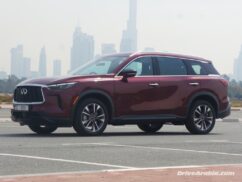
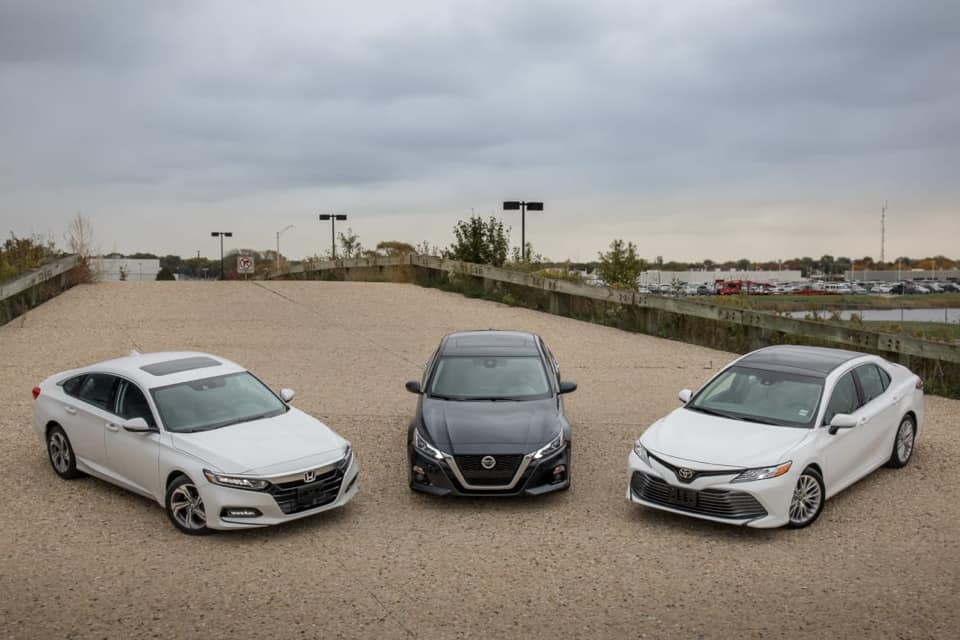

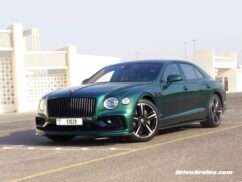
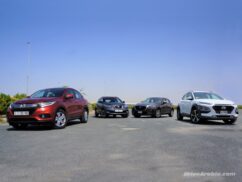
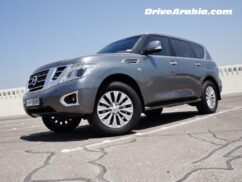
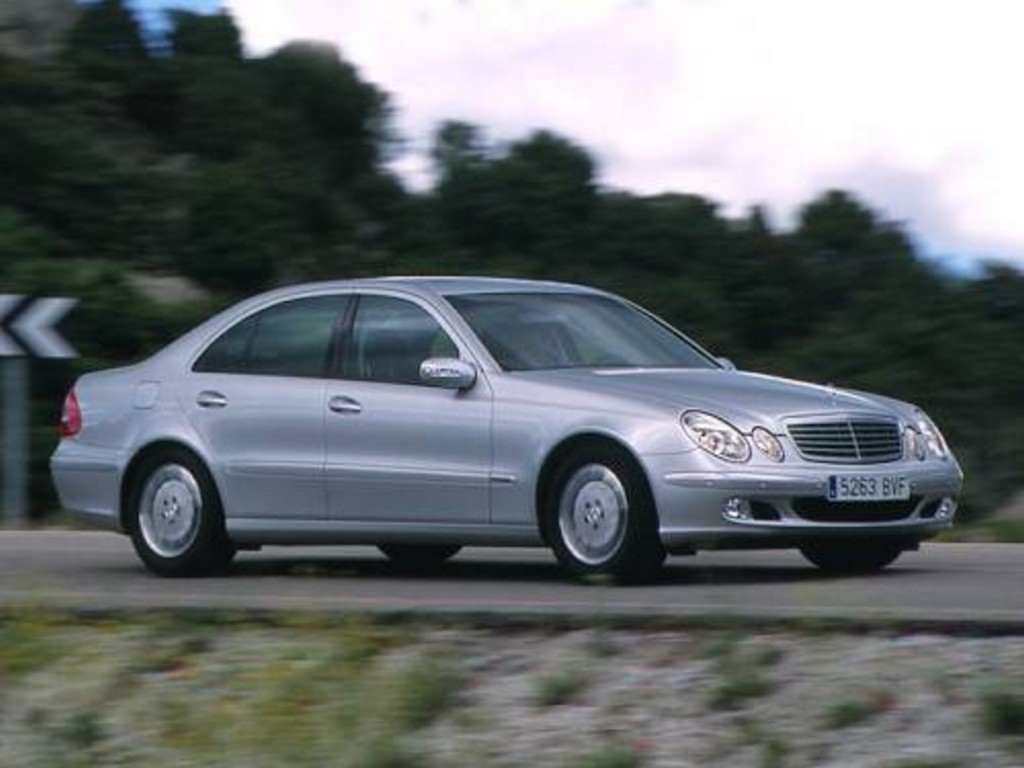
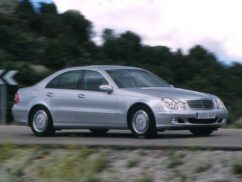

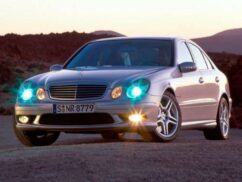
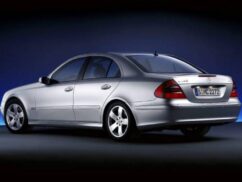

There are no comments. Be the first!